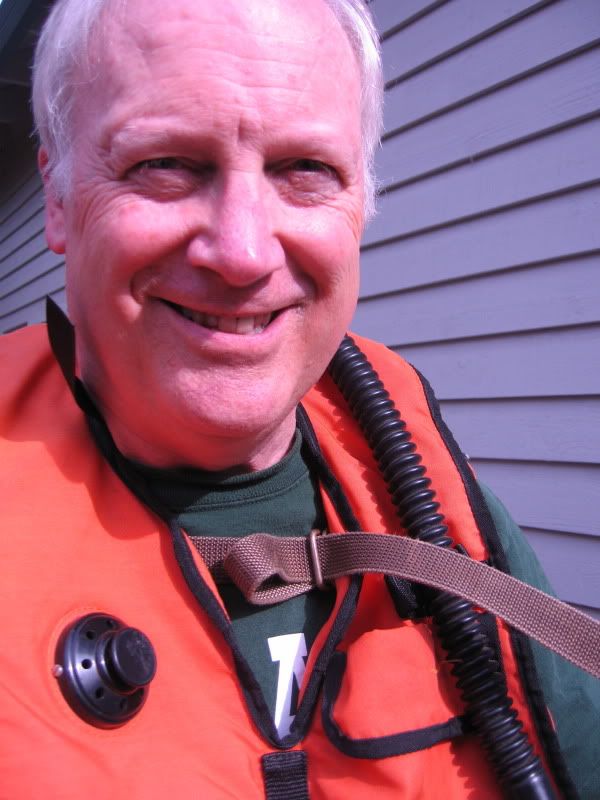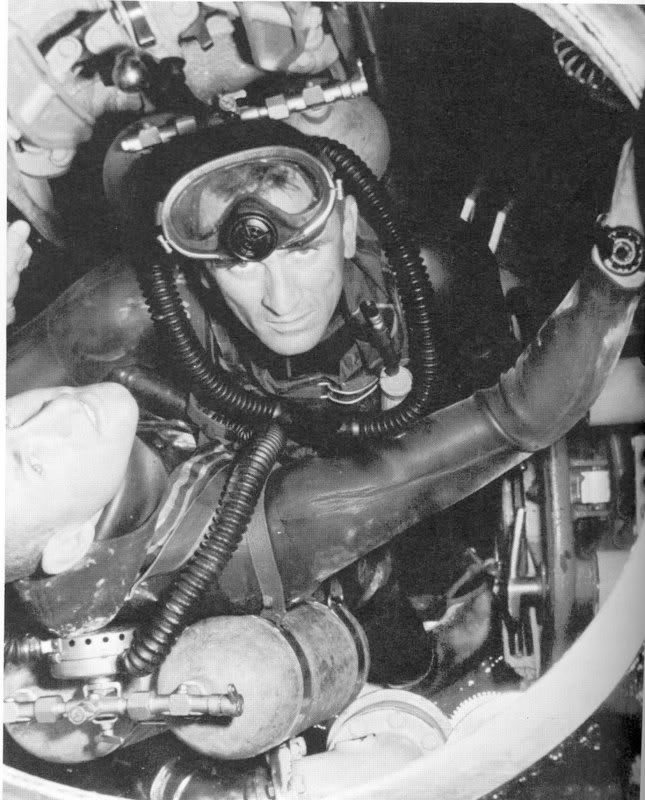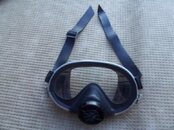I was just over in the Basic Scuba section reading the posts about the diver with older gear that was getting back into diving.
http://www.scubaboard.com/forums/ba...k-diving-after-20-years-what-do-old-gear.html
There were a few "that old stuff is dangerous, replace it all", type replies, but most respondents basically told him it was still fine and that he should just get it serviced.
This brought to my mind a question though. What gear from either the past or the present really was dangerous and shouldn't be used? I know Fred Roberts condemned the homebuilt doublehose regulator conversions in Basic Scuba, but certainly in the past 60 years of diving there must have been a few real lemons produced.
So what gear was out there that was badly designed or built and that they couldn't pay you enough to dive?
This being the vintage forum and not the "old" gear forum I am not sure how to answer the question. "Old" gear to many divers today is anything more than five years. That concept is hardly applicable to vintage gear which is pre-73(ish). I think, and could be wrong, that one difference is that those who collect and dive old gear, especially those who used the gear or similar types of gear when it was NEW gear at least understand the performance or characteristics of that gear and it's strengths and shortcomings. Of course, not all vintage gear divers are themselves vintage gear

so for them it is useful to be mentored or to take seriously their questions (forum, virtual) and provide them realistic answers.
Yes, some vintage or other era gear is dangerous, the items that come to mind are any old deco equipment and especially the SP Bendomatic, old depth gauges and especially the watch type from USD as they are notoriously inaccurate and not consistent and quite a large number of older regulators both single and double hose that just do not perform adequately. Of course, using such equipment, if you know the limitations and plan the dive to stay within those limitations, then all is probably OK. Is this a place for a Bendomatic:

The other category of "old" dangerous gear is that equipment for which there are no parts available and those divers who then may rationalize or talk themselves into using the gear (regulators in particular) anyways. But, people often know their limitations even if they do not admit them, down deep (pun) they know them and avoid those limits whether personal or equipment. The fact is that many older regs are like sucking air through a straw and simply should not be used on a dive like the Spiegal for example where there are currents combined with depth are taxing even for experienced divers with modern equipment. Like here:

There is one other area of concern that comes to mind, mixing older gear, that being gear from one era with another era that was never intended or designed to be used together and which are therefore incompatible. Example, using a vintage harness that has a sternum strap with a horsecollar BC that makes it nigh impossible to reach the sternum strap and then having the sternum strap nearly choke the life out of me

. Of course, I was carrying a 4,000 dollars camera in what, near 200 feet of water and dropping it was not an option (yes it was tethered but----but) so I only had one hand and it was on the tag line due to current and waves where it should have been so I had, mixed incompatible gear from multiple eras. A Navy Harness, early vintage, horsecollar BC, late vintage, camera, brand new and a dive that could easily reach 130 feet and known for current and rough seas. A modern era dive profile, a hodgepodge of dive gear and my focus on my camera toy led to a less than desirable experience. Sans BC, the Navy Harness is great, heck, it even works fine with a Mach V wing but not with a horsecollar, oil and water:

Yes, there is dangerous scuba gear out there, the trick is knowing what and when. Yeah, a old Healthways double sucker may be completely safe on a 20 foot dive on a rock pile in Table Rock lake and completely dangerous on the Spiegal Grove or Oriskany. Know your limits, know your equipments limits. We all got limits. Heavy Iron tour, Duane, Bibb and Spiegal in one day, two weeks ago, bow of Duane:
Of course, if the diving is on a reef here, use any kind of gear you want, lol, I think this is where more (vintage) diving occurs than any other locale

:
N





 . Of course, I was carrying a 4,000 dollars camera in what, near 200 feet of water and dropping it was not an option (yes it was tethered but----but) so I only had one hand and it was on the tag line due to current and waves where it should have been so I had, mixed incompatible gear from multiple eras. A Navy Harness, early vintage, horsecollar BC, late vintage, camera, brand new and a dive that could easily reach 130 feet and known for current and rough seas. A modern era dive profile, a hodgepodge of dive gear and my focus on my camera toy led to a less than desirable experience. Sans BC, the Navy Harness is great, heck, it even works fine with a Mach V wing but not with a horsecollar, oil and water:
. Of course, I was carrying a 4,000 dollars camera in what, near 200 feet of water and dropping it was not an option (yes it was tethered but----but) so I only had one hand and it was on the tag line due to current and waves where it should have been so I had, mixed incompatible gear from multiple eras. A Navy Harness, early vintage, horsecollar BC, late vintage, camera, brand new and a dive that could easily reach 130 feet and known for current and rough seas. A modern era dive profile, a hodgepodge of dive gear and my focus on my camera toy led to a less than desirable experience. Sans BC, the Navy Harness is great, heck, it even works fine with a Mach V wing but not with a horsecollar, oil and water:







